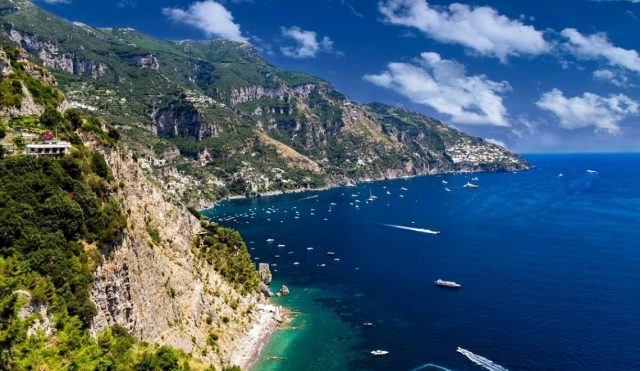Wine is Not That Simple (2): Rustic Wine
Wine is an agricultural product. It is created by men who select the grapes they grow to make wine. Without the farmer there could not be wine and anyone who thinks it is just some natural product is totally off base. That is of course unless you maintain that human culture is the result of a natural process. Wine is a agricultural product because since ancient times it could not be otherwise. Initially, wine was produced and consumed for the most part in the areas it was made. There was, of course, some trade in wine but this was more the exception than the rule. It was young, bulk wine made throughout Mediterranean area by farmers who harvested their grapes from wild vines, not select ones, that grew up on berry or olive trees, sometimes many meters apart. There were also the vines of Greek origin that were more tree-like and that still exist in areas in Sicily, France, Catalonia and Andalusia. There were also some quality wines, those initially traded by the Romans. In Medieval times these wines were for the most part made by monks in monasteries and used in the celebration of mass and to add a few calories to the poor diet they were forced to consume. If we were to name an area where the best 'modern' rustic wines are produced then probably Burgundy would first come to mind. Fine, most of the wines in Burgundy were originally produced in that area because it was full of famous monasteries, Cluny first among them. The monks were responsible for not only saving books and manuscripts but also wine-making traditions that today perhaps represent the region's greatest cultural heritage. In more recent times, Burgundy was in the forefront of agricultural reform that allowed many wine-makers to own their own vineyards to produce wines prized by wine-lovers of the time, between the end of the 18

 Italiano
Italiano







